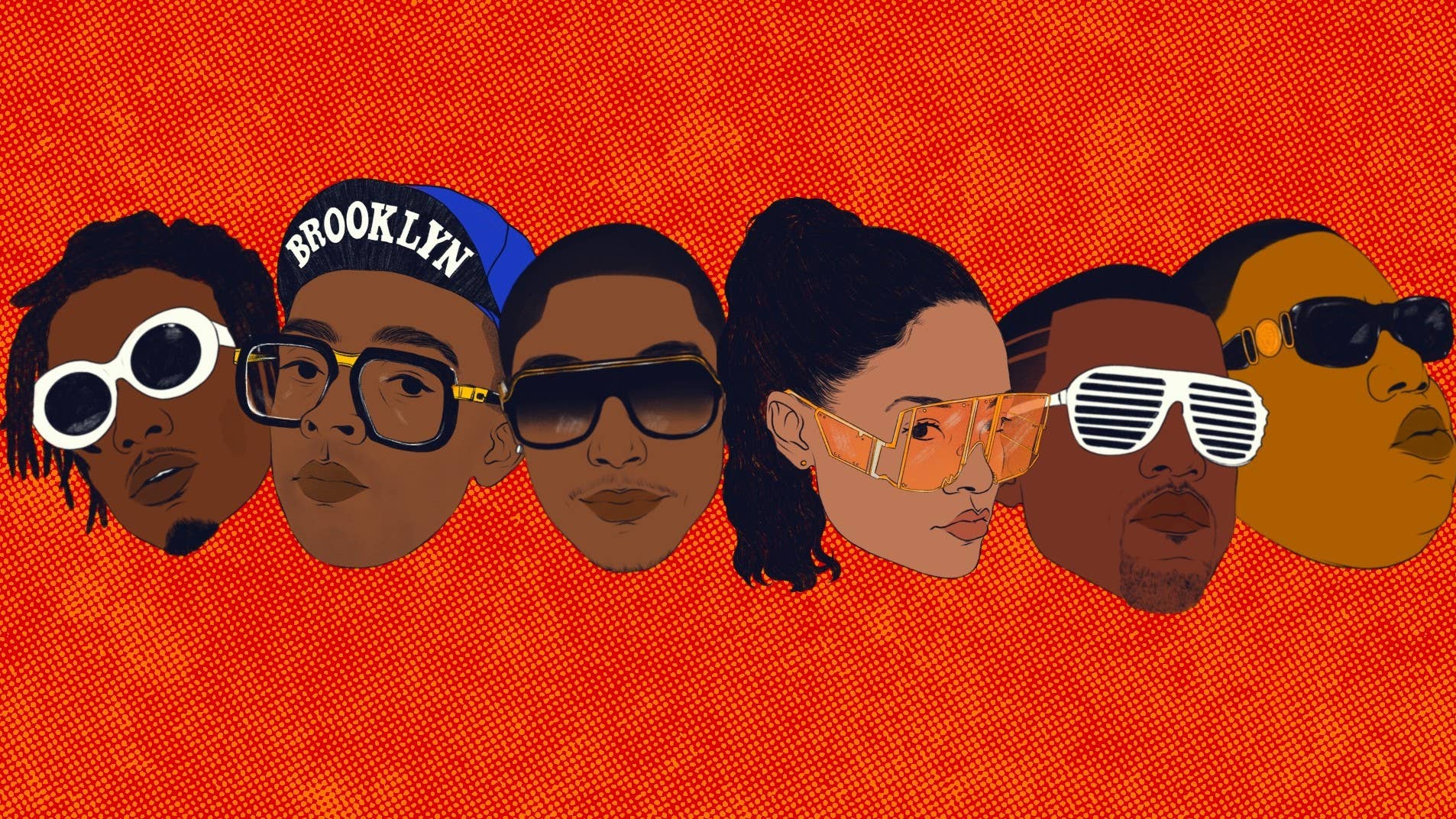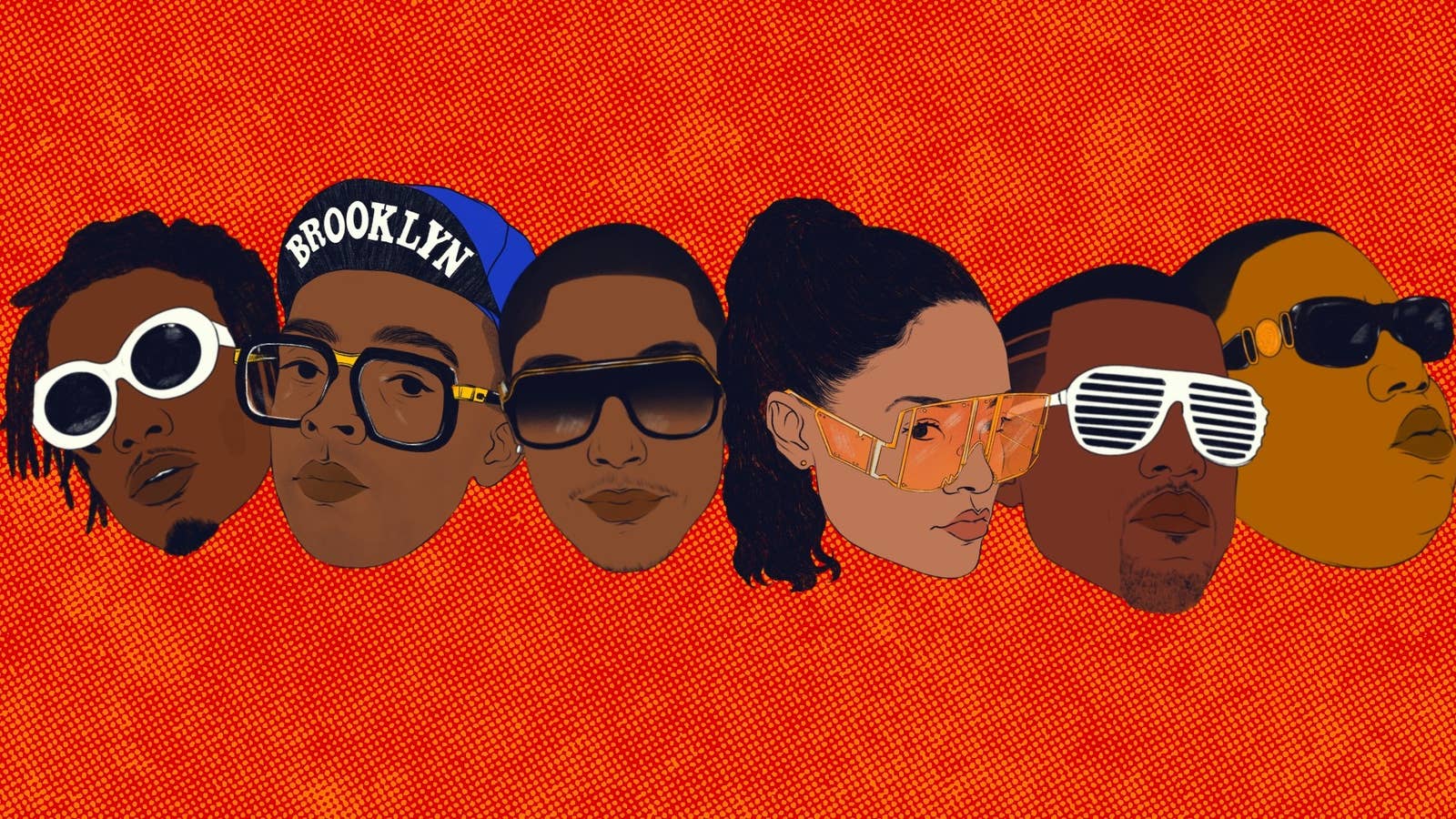
Sunglasses are synonymous with hip-hop. They are as important as jewelry, but oftentimes more affordable. Sunglasses help artists form a distinct identity, which helps brands become relevant. A popular musician wearing a certain pair of sunglasses adds to a brand’s legacy and drives sales years later.
“From a fashion perspective, hip-hop was always looking for some way to mature itself,” says Vintage Frames founder Corey Shapiro. “One of the easiest ways to add maturity in the time was to add eyewear.”
Shapiro cites Run DMC as the first group to wear glasses as a fashion accessory. More on that below. And because of Run DMC and other artists, many of these sunglasses are still popular and sell for hundreds, sometimes thousands, of dollars on the secondhand market today.
We spoke to Shapiro, Julian Emani, a Philly-based sunglasses dealer, better known as Vintage Julz, Detroit mogul Joseph McFashion, and stylist Groovey Lew about the 15 most iconic sunglasses in hip-hop. We broke down the sunglasses’ origins, who made them important, and how they influenced the rest of the eyewear industry.
Louis Vuitton Millionaires
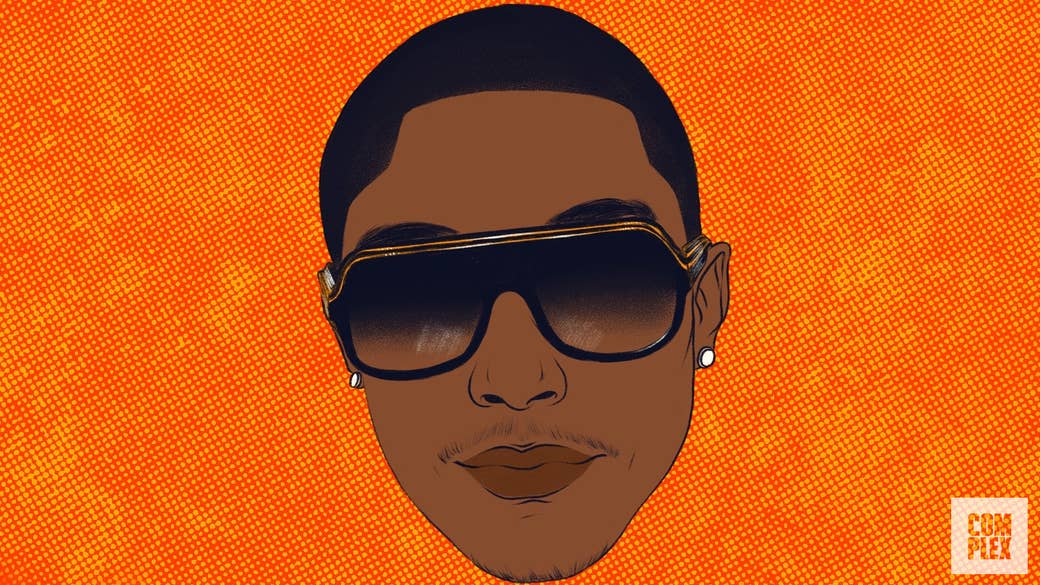
Back in 2004, then-creative director of Louis Vuitton, Marc Jacobs, took the storied fashion house into new territory. He decided to tap Pharrell and Bape founder Nigo, two of the biggest names in streetwear at the time, to create a line of sunglasses. The standout was the Millionaire, a $1,200 aviator-esque frame that Pharrell once referred to as, “one part Tony Montana, one part Notorious B.I.G.” The hard-to-get sunglasses, which were inspired by the Carrera glasses, came in an array of colors like black, red, and purple highlighted by gold trim. The Millionaires quickly became a status symbol in the hip-hop community worn by the likes of Kanye West, Rihanna, and of course Skateboard P.
“At the time when it came out, it was very hard to get. There was no question about it,” says Shapiro. “When they came to fruition, if you were in hip-hop and you didn't have one, you were not doing it. You were not being considered one of the fashion forward icons of that generation.”
The ties to Pharrell and Nigo peaked the streetwear world’s interest. This accessory was not just for the rich and famous. It became a coveted collectible among a whole new style crowd. After their initial drop, pairs re-released in 2007 in a new array of colors. Shapiro says original Millionaires are very hard to come by these days and were heavily bootlegged at the time because of their popularity. Even Rick Ross, a noted frames aficionado, was duped by a fake pair that he wore on a 2009 cover of XXL. To this day, used pairs of original Millionaires are very rare. Pairs are listed for as much as $5,000 on eBay.
Millionaires hold such an iconic place in the hip-hop fashion timeline that Virgil Abloh released the Millionaire 1.1 in his first official collection for Louis Vuitton. The $800 style was slightly modified, but maintained the signature gold detailing. It was also more accessible this time around because it was an inline style for LV rather than a limited collaborative project.
“Everyone was expecting this frame to be the hardest frame in the world to get, and then Louis Vuitton made it part of their inline,” Shapiro tells Complex. “The cultural impact that it will have 10 years from now will be much greater than the [original] Millionaire because more people will have an attachment to it.”—Mike DeStefano
Jean Paul Gaultier 56-0174
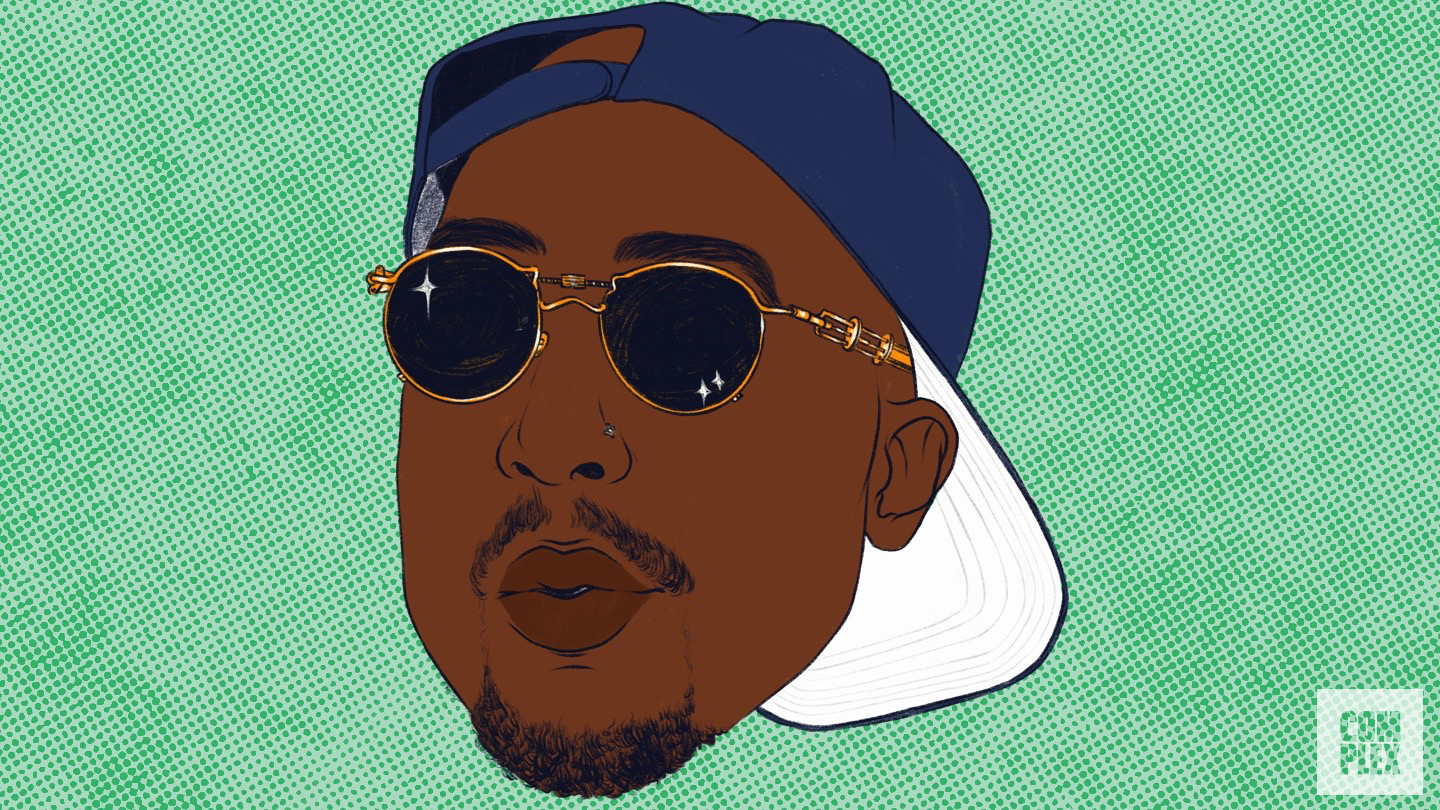
Outside of Jean Paul Gaultier’s avant-garde clothing, the legendary French fashion designer was also well known for producing some of the most coveted eyewear in the ‘90s. In recent years, rappers like Wiz Khalifa and ASAP Rocky have been photographed wearing Gaultier’s frames. Perhaps, the most notable hip-hop style moment for Gaultier’s eyewear was when Rocky immortalized a pair of 8171s in the music video for “Goldie.”—these frames were actually re-released by Supreme as a part of their Jean Paul Gaultier collaboration in 2019.
With appearances in ‘90s movies like Leon the Professional and Mystery Dates, the shades were embedded into pop culture. 2pac, who was photographed wearing a pair of 3175s and 0174s, was one of the first rappers to wear Gaultier’s eyewear. Although he wasn't photographed wearing it often, he was certainly a fan of European designer labels and was photographed in Gaultier’s clothing as well. According to Julz, what makes Gaultier’s glasses so appealing is the designer’s quirky and inventive aesthetic.
“Jean Paul Gaultier was ahead of his time. The 0174 literally had an arm mechanism that allowed you to adjust the lens of the temples,” says Julz, who recently sold a pair of the $1,500 mid ‘90s era sunglasses to ScHoolboy Q. “All of Gaultier’s styles were steampunk-ish and grunge-y. He had springs, bolts, screws, rings, and even forks in his glasses. Because of the amount of detail and precision that he put into each one, his frames have aged well and are just going to become appreciated more as time goes on.”—Lei Takanashi
Christian Roth Series 6558
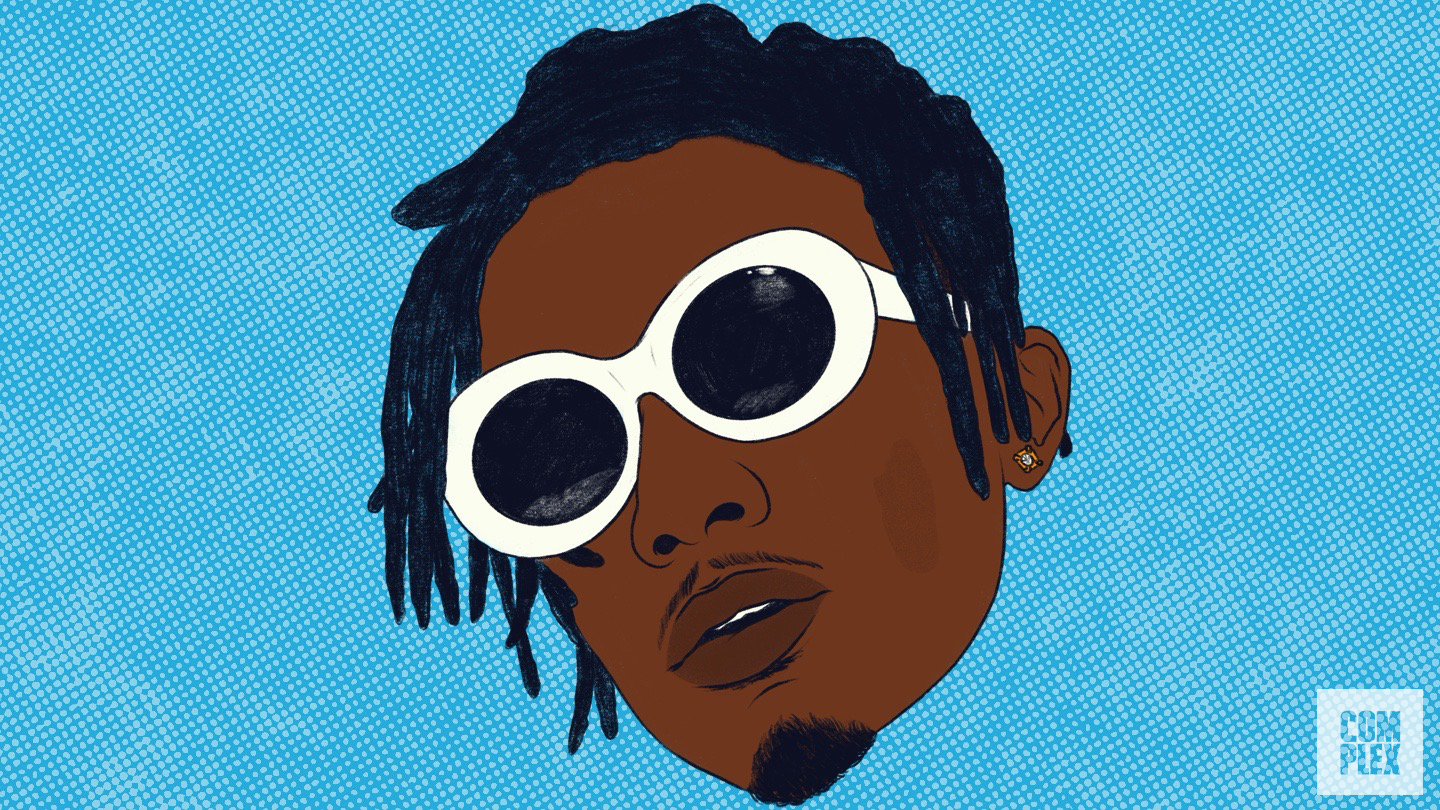
We’ve all seen the photo. Captured by Jesse Frohman in 1993, Nirvana’s legendary frontman Kurt Cobain wears a leopard print shirt and brown dog ear cap with a cigarette in hand. But the highlight is his bug-eyed sunglasses. The women’s sunglasses, which debuted in the early ‘90s, are known as the Christian Roth Series 6558. Following this picture it would go on to be an iconic style.
The pair stands out for its contemporary styling and bulky white acetate frames that contrast against the dark black lenses. While Christian Roth is the originator, the shape and style was copied by an array of brands over the years ranging from Chanel to Acne Studios. They will always have a tie to the late Cobain, but their moment in hip-hop occurred more recently as guys like Playboi Carti, Takeoff, and Lil Yachty made these “clout goggles” part of their wardrobes in 2017 and 2018. It gained such attention that Christian Roth even reintroduced the style in 2017 priced at $300 as a part of its Archive Collection. Shapiro says a spike in demand for this style is connected to these artists channeling the ‘90s grunge era.
“People, like ASAP Rocky, came into the picture that were kind of creating themselves to be more like rock stars. It was only natural to transcend into more of a rock star atmosphere and style,” says Shapiro. “And the most relatable rock stars to a lot of those guys is Kurt Cobain.”
Like Young Thug wearing a dress on the cover of Jeffreyor Lil Uzi Vert going viral for wearing a Faith Connexion blouse in 2017, the white shades were a way for these rappers to blur traditional gender lines with their fashion and make a bold statement. It’s the same thing Cobain did when he originally rocked the pair with his dingey flannel shirts decades prior. Rappers are this generation’s rock stars. And this accessory was just another way to help with the image. Of course, the trend hit a fever pitch and became easily accessible at all price points. They even became a full blown meme, which only cemented the frames' iconic legacy.—Mike DeStefano
Versace 424

There isn’t much backstory on this style, which Versace released in the ‘80s when Gianni Versace was designing his opulent Italian brand. But there is backstory on Biggie—the late rapper who made these black framed sunglasses with the gold Medusa logos—a much-wanted item.
According to Groovey Lew, Biggie’s stylist, Biggie was rapping about Versace, so he and Sybil Pennix, Bad Boy’s main stylist at the time, would shop pieces from the brand for him. Most of the Versace apparel Biggie wore was custom made—not by Versace, but by a tailor who would sew together Versace fabrics to fit him.
“As far as Bad Boy was concerned, we wanted to separate ourselves from the labels that were grimy and gritty,” says Lew. “We wanted to dress our artists up a little bit more.”
In 1995 Biggie wore the Versace Medusa-emblem sunglasses in the “One More Chance” video, further establishing himself as a glitzy rather than grimy rapper who people aspired to dress like.
“There were some cats before us that had Versace sunglasses and Coogi sweaters, but we we were the ones that were able to take it to the stage and take it to the world,” says Lew.
Following this, celebrities including Lady Gaga, Tyga and the Migos would wear the shades, which have been unofficially named the “Biggie Versace sunglasses.” And in 2018, Versace re-released a slightly updated version of the sunglasses, naming them the “Versace Medusa Biggie Sunglasses.” They made the frames more hexagonal than oval and sold them for $295.
Lew said Donatella Versace was aware of hip-hop’s influence on her brand and had a friendly a relationship with Puffy.
“She was always around the hip-hop scene and around the Bad Boy parties and just involved,” says Lew.
In 2011 she told The Fader, “I loved what he was doing and how he was giving people a way to know about Versace—I do think he was giving people a way to know about Versace—I do think a lot of people started to know about Versace because of him.”—Aria Hughes
Shutter Shades
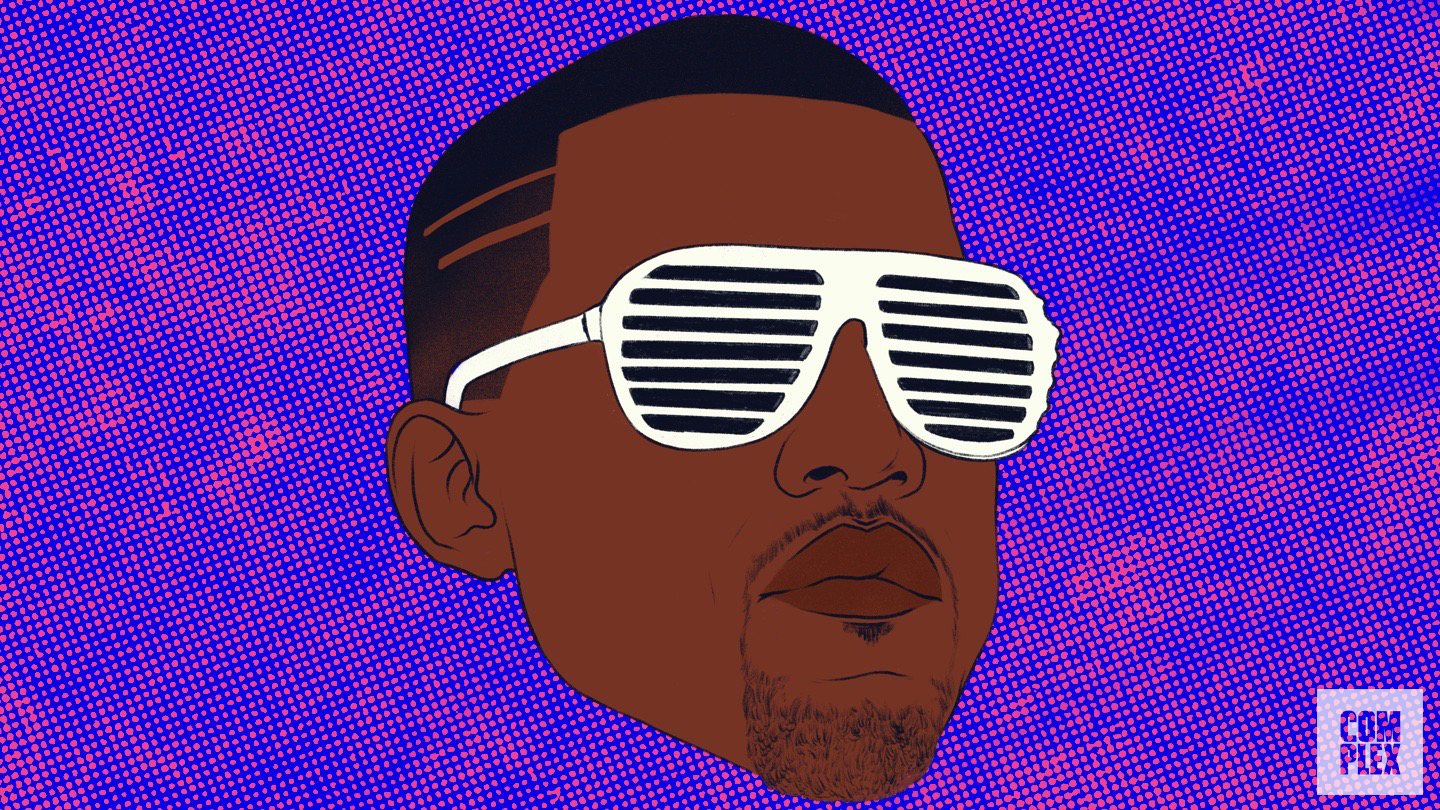
Kanye West has undergone many style evolutions throughout his career, but he’s always been able to move the needle—whether he’s popping collars on his pastel pink polos, donning sand-colored hoodies with holes all over them, or wearing white aviator sunglasses with horizontal bars in place of traditional lenses. West popularized this style, nicknamed the Shutter Shades, back in 2007 in the lead up to his Graduation album release. He wore them in the video for "Stronger," the lead single from the project, and during his Grammy performance that year. They were so synonymous with his style at the time that his merch from Glow in the Dark tour featured the Graduation Bear mascot wearing the shades.
The shutter shades became a massive trend in the late Aughts, leading to various cheap alternatives hitting the market and even a company named Shutter Shades Inc. releasing the plastic frames in 2007. The company even patented the style and trademarked the name “Shutter Shades” before a New York court ruled it to be a generic term in 2015. They also popped up in neon colors at local party stories. But the impractical shades came from the world of high fashion. The style, the Venetian Blinder, was popularized in the ’80s by companies like Volpini and pop culture figures like pro wrestler Randy “Macho Man” Savage. But the first louvered frames originated back in the ‘50s.
“The Volpini blinders are one of the more iconic glasses that were ever made. They were originally based on this theory of this Eskimo design, that used to be done out of wood for actual Eskimos, and it was kind of made into this '80s pop culture thing,” says Shaprio.
Armenian-American optician Alain Mikli designed the more contemporary pair Kanye wore, a remake of the Volpini glasses that featured Swarovski crystals. A limited release of the design dropped in Hong Kong in 2009 for approximately $470. Mikli was also famous for crafting the infamous shades worn by Missy Elliott in the “Rain (Supa Dupa Fly)” video.—Mike DeStefano
Cartier C Décor
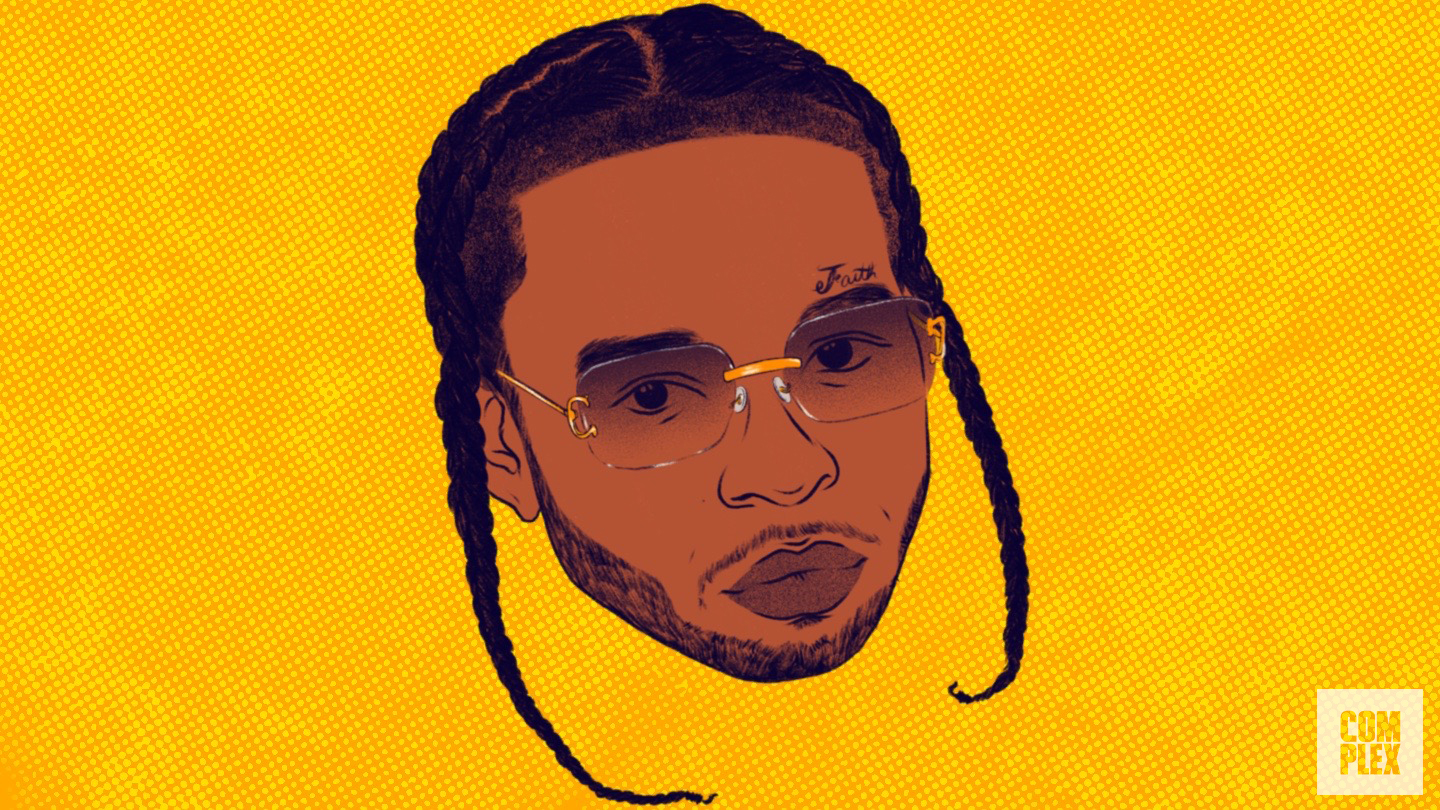
Originally released in 1990, the Cartier C Décor is the French luxury brand’s most influential silhouette. Recently, the late Pop Smoke, a fan of the sunglasses, created a demand for the style. The glasses are rimless, which gives the wearer the option to customize the lenses to be any color or shape.
“Back in the day, I don't think that's what Cartier intended, for people to customize all of their glasses like everybody is doing today,” says Julz, who typically sells “Big Cs” anywhere from $1,250 to $2,000. “Having rimless glasses allows you to literally make a one-of-one creation from Cartier. Really, you're buying just temples and a nose bridge.”
However, no two C Décor frames are the same. The “Big C” Décor frames feature thin temples that boast a large “C” to hold the lenses in place—similar Cartier frames with smaller Cs are older models from the ‘90s. According to Vintage Julz, the “Big C” Décors have been underlooked until now.
“I mean, the wires have always been just something light. Now they're becoming a high ticket item. But back in the day I used to practically give them away,” says Julz, who credits the current popularity of “Big Cs” to Pop Smoke. “It was never as coveted as it is today.”
Julz sold his first pair of “Big Cs” in 2014 to rapper Meek Mill, who ended up wearing them for a freestyle performance on Power 105.1 with DJ Clue. But the Detroit is the reason why Meek Mill and every other rapper in the game wears Cartiers today.
“I remember Meek Mill used to come here and hang out with one of our rappers named Dusty McFly,” says Joseph McFashion, the Executive Producer ofBuffed Up, a Detroit-based comedy centered on the quest for an expensive pair of C Décor frames known as “White Buffs.” “Blade Icewood made it popular to put diamonds on The Woods. And Rich Ken made a song called "All White Buffies” that was big back in the day, too.”
Cartier’s presence in Detroit dates back to the ‘80s when working class car factory workers purchased them, and the late ‘90s, when members of the Black Mafia Family, a drug trafficking and money laundering organization, wore them. McFashion says the hype truly kicked off in the 2000s when local Detroit rappers like Rich Ken and Blade Icewood, began rocking the frames, which are also tied to violence in the city. The most popular models are the “Woods”—C Décor glasses with thick wooden temples—and the White Buffs—C Décor glasses that boast thick temples made out of white buffalo horn. Since there are no official Cartier stores in Detroit today, McFashion says the only way to attain a pair of White Buffs are through local jewelers like Gary Yee at Golden Sun Jewelery and resellers like Spencer Shapiro. And prices fluctuate depending on how white the Buffs are.
“If they have swirls or they're not the purest white, you can get those for like a pretty decent price, like $2,200-$2,300. If they're the whitest buffs, the jeweler might charge anywhere from $2,600-$2,700,” says McFashion, who also says the current demand for buffs has boosted the prices. “You might pay almost $4,000 around here if they're really white.”
Recently, rappers like Lil Uzi Vert and Gunna have worn the iconic White Buffies. When McFashion was asked about the mainstream appeal of Cartiers outside of Detroit, he said he was happy to see his city’s culture get recognized.
“I feel like we're leaving our impact on the industry now because Cartiers are something that started in Detroit, it was something that we kind of adopted as our own,” says McFashion. “We feel like a lot of people don't even pay attention to Detroit. So when we see them wearing our fashion, we’re like, ‘Okay, they are looking at us.’”—Lei Takanashi
Chanel Round Logo Sunglasses
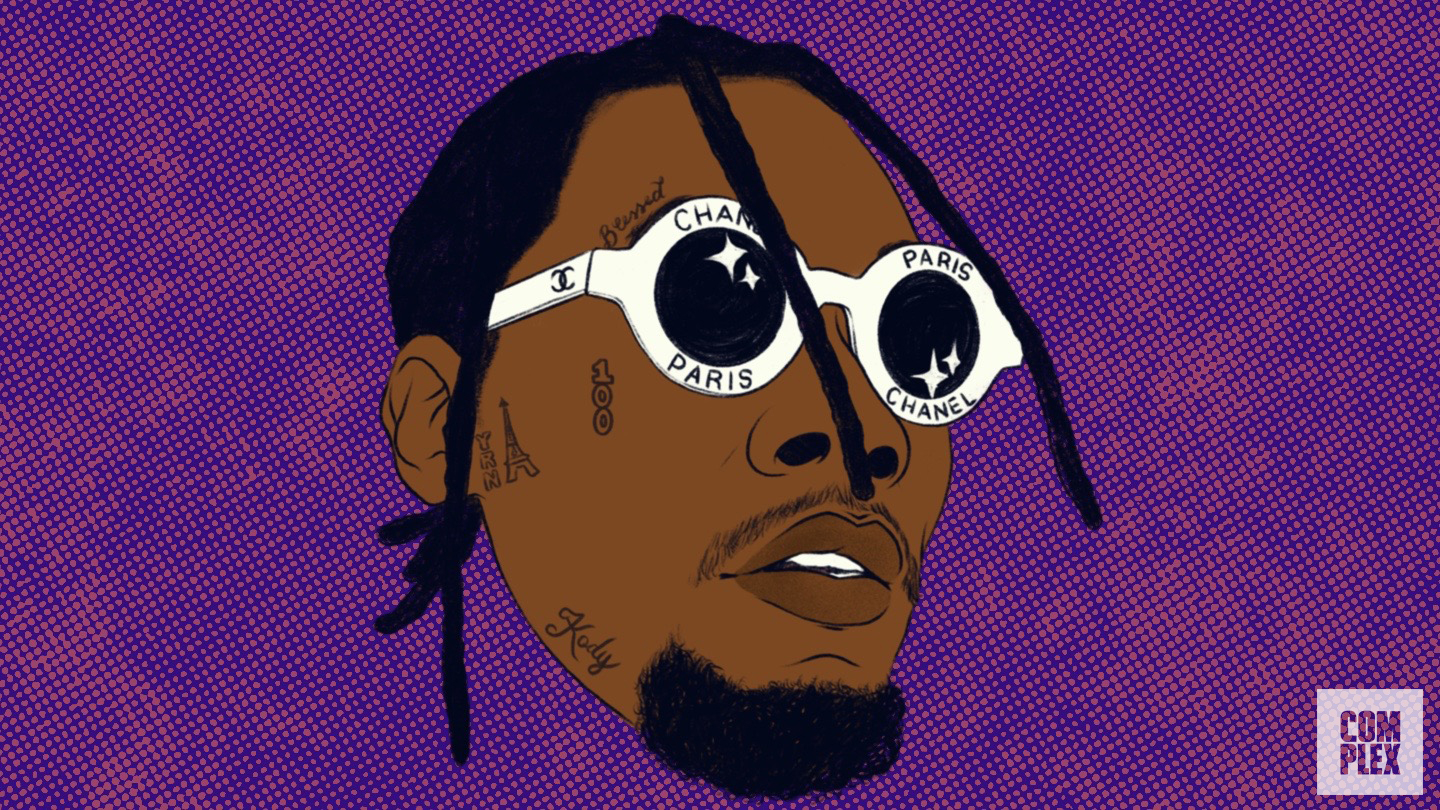
Chanel is one of the most storied fashion houses of all time. But when it comes to eyewear in the hip-hop community, there’s one style that’s garnered the most attention as of late. The Round Logo Sunglasses in their OG white or black colourway, which Pharrell and Offset have worn. The circular frames stand out not only for their shape, but for the unconventional “Chanel Paris” text written around each lens. Certain variations of the women’s style even include the fashion house’s signature double Cs logo.
The model originally appeared on the Chanel Spring 1993 runway. Historically, they did not have much of an impact in the market when they first debuted, according to Shapiro. But they gained some buzz years later when Pharrell wore original vintage pairs every so often. He helped cement their place in eyewear history when he decided to redo his own version as part of his collaborative collection with Chanel back in 2019. They were offered in a variety of bright colors and replaced the usual text around the frames with “Chanel Pharrell.”
“That becomes like a new age collectable version,” says Shapiro. “It's going to be interesting to see how people evolve in their styling and how people follow these new trends that are coming out.”
Offset, who wears the black and white vintage styles that can cost as much as $3,000 on the aftermarket, reintroduced the frames to a younger generation. Rihanna is another fashion icon who has donned the unique shades. She wore the black pair to her hair stylist Ursula Stephens birthday party in New York City back in 2012. It’s not something everyone can pull off, but cosigns from Rihanna, Offset, and Pharrell have led to their growing allure.—Mike DeStefano
Porsche x Carrera Sunglasses
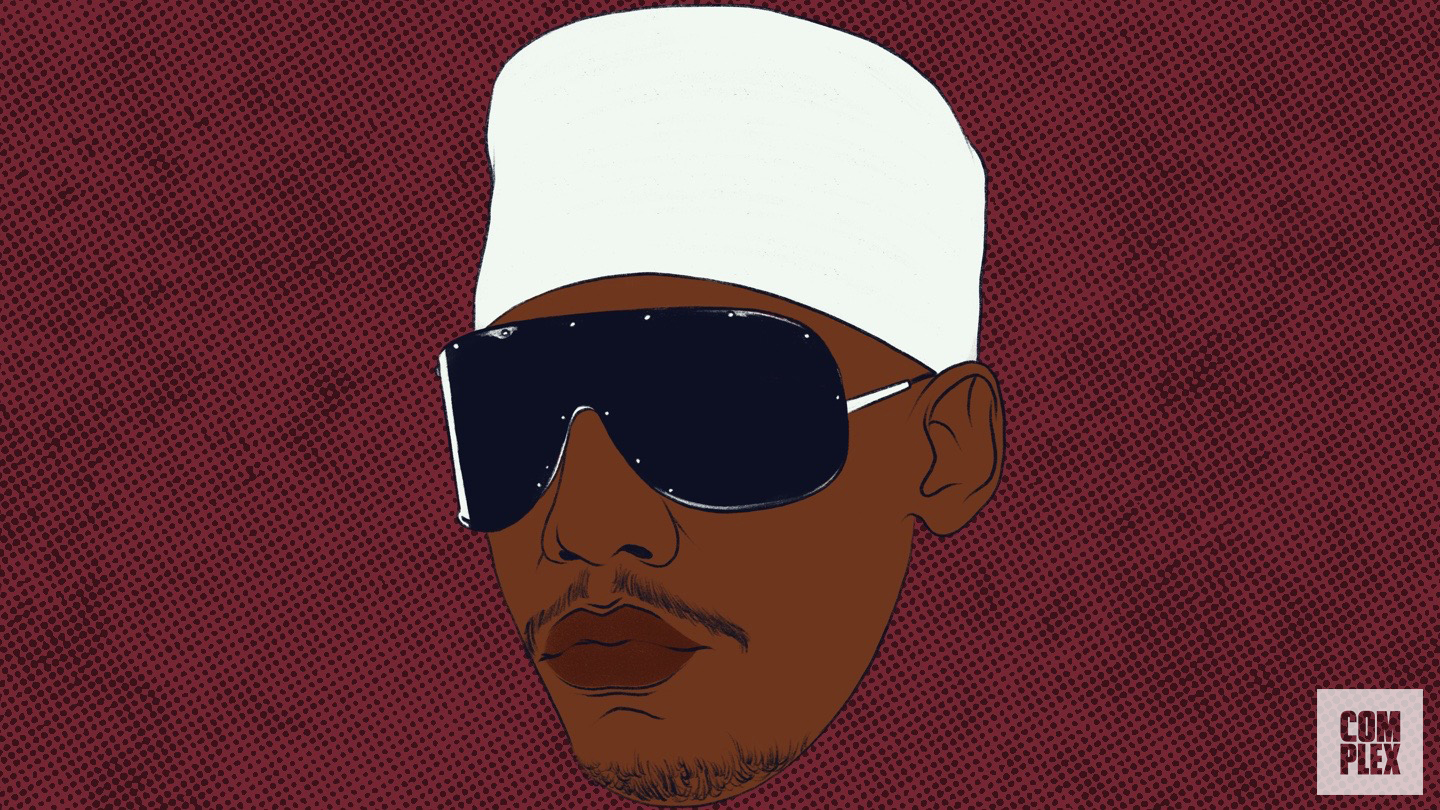
After designing the iconic Porsche 911 car, Professor Ferdinand Alexander Porsche opened a design studio in 1972 and began making men’s accessories such as watches and writing utensils. In 1974, Porsche teamed up with Carrera eyeglasses to produce collections of eyewear. Porsche Carrera sunglass models like the 5621s were popularized by Eddie Murphy in movies like Beverly Hills Cop.Al Pacino wore the 5622, a unique Carrera Porsche sunglasses model that could fold into itself, in Scarface. But one of the most popular models was the Porsche Carrera sunglass models were the 5620s. The ski goggle lens-eque glasses with studs were worn by Miles Davis, Yoko Ono, Lady Gaga, and many other celebrities. But within hip-hop culture, everyone recognizes these frames because of Kool Moe Dee, who wore the 5620s throughout his entire career.
“When they were wearing the Locs on the West Coast, we were wearing the Cazals, Porsches, and Alpinas on the East,” says Julz. “The thing about the Porsches is that you can easily change the lenses on them. So, people will collect different lenses for different looks.” Currently, an original pair of 5260s can run you $600 on eBay. But on Porsche’s online store, you can find a very similar pair of sunglasses for about $300. “How ya like me now?” —Lei Takanashi
Cartier Bagatelle and Giverney
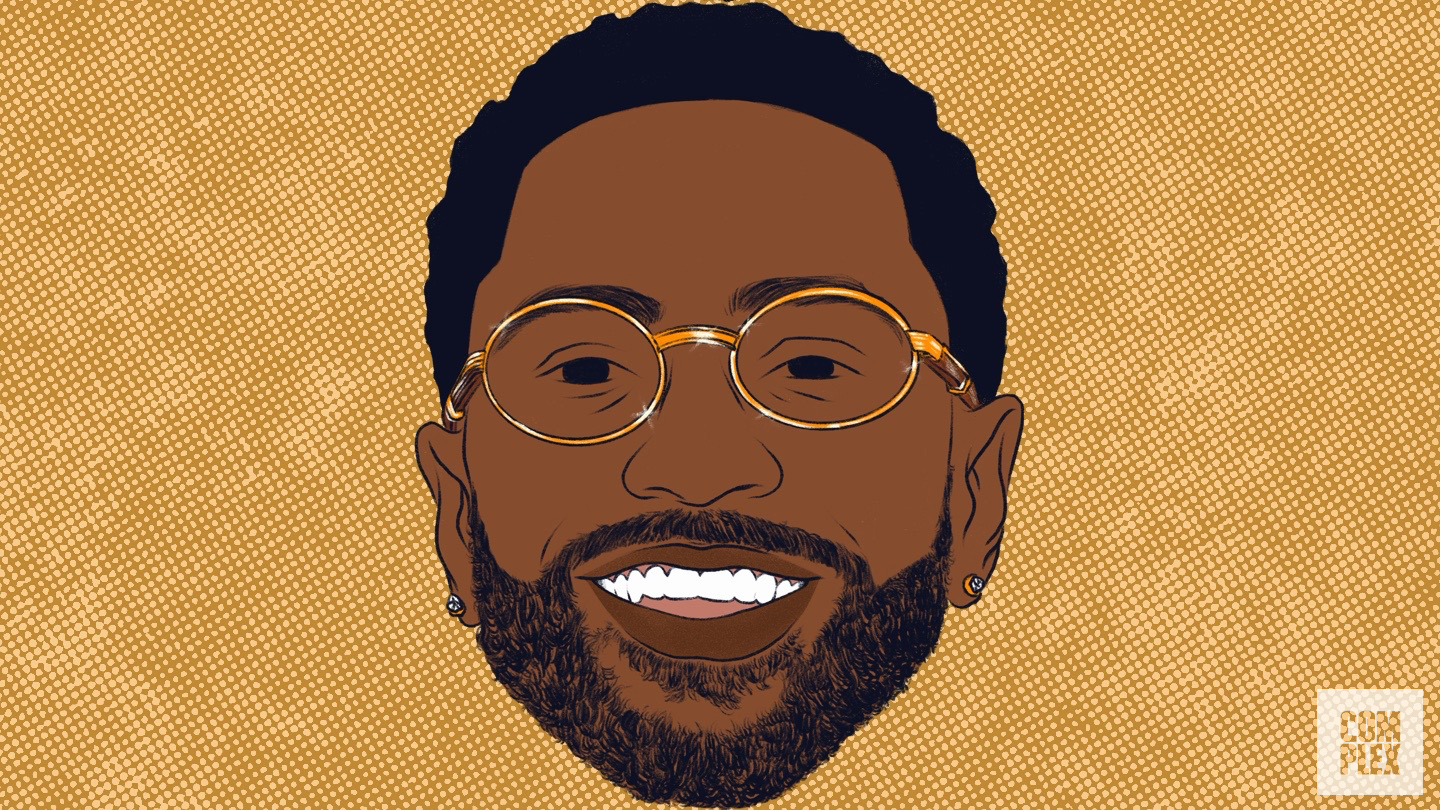
Along with C Décors, the most popular pairs of Cartiers worn by rappers today are the Bagatelles and Givernys. Although Quavo’s iced out Givernys are the most recognizable ones today, Detroit rappers like Blade Icewood were the first to wear these glasses. Both Cartier frames are distinguished by lenses encased inside a gold rim and a gold arm that’s juxtaposed against thick wooden temples. According to Julz, both pairs sell for around $3,000. The only difference between the Bagatelle and the Giverny is that Bagatelles fits circular lenses while the latter fits oval ones. From 1990 to 2000, Cartier produced 10-20 different models of wooden glasses with different shapes. Although the Giverny and the Bagatelle became the most popular models, Julz says that the Cartier Malmaison, which are worn by Floyd Mayweather, are one of the most expensive Cartier wood models. However, one of the biggest Cartier grails overall is a Giverny model nicknamed “Straight Backs,” which features white buffalo horn temples rather than wood.
“We get 10-20 calls a day about Straight Backs and sell them anywhere from $5,000-$10,000, depending on the buffalo horn,” says Julz, who owned approximately 20 pairs of Straight Backs in his lifetime and even sold a couple to Big Sean. “Those glasses are the most expensive and rarest glasses of all time. Nobody has them in the world. You can't find them anywhere.”—Lei Takanashi
Fenty Sunglasses
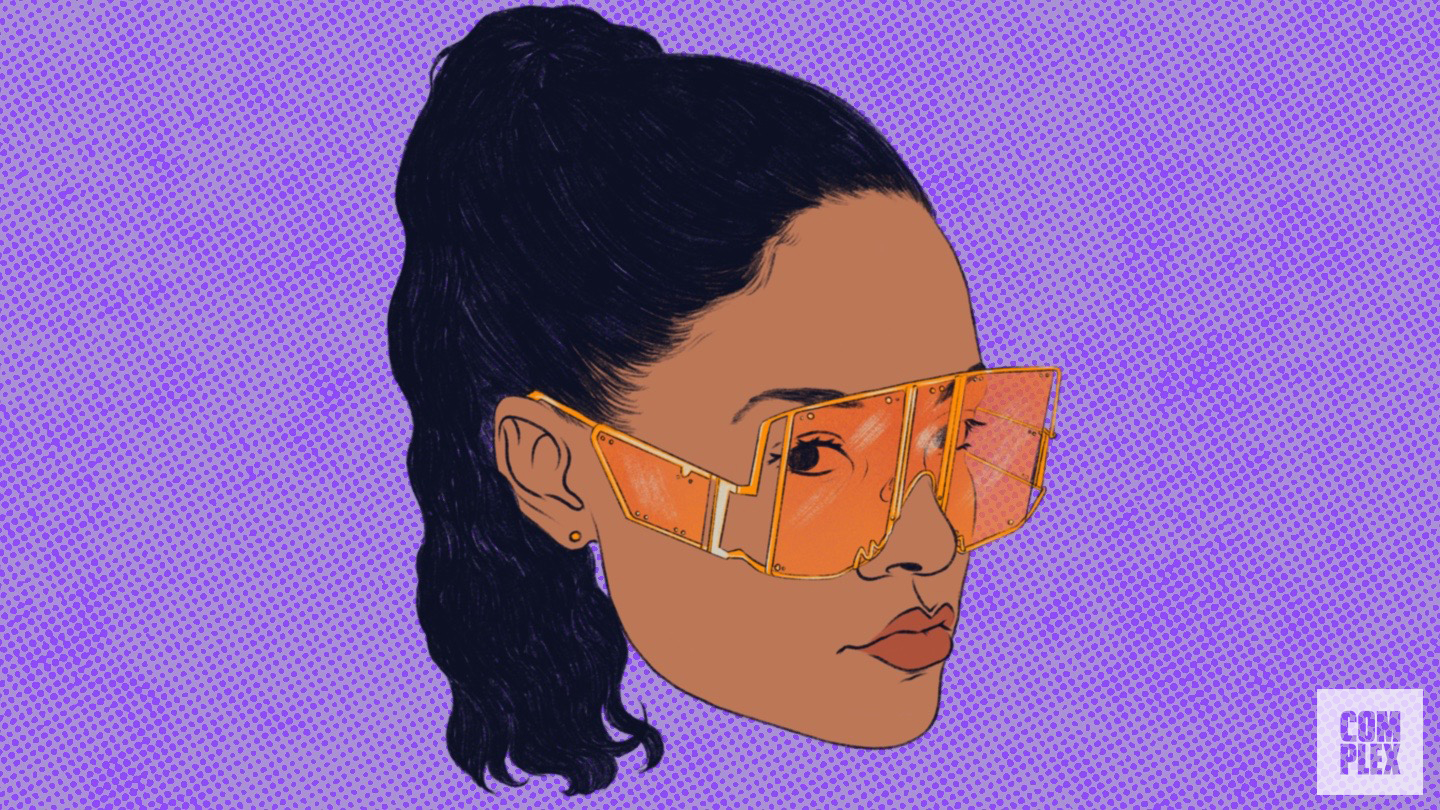
These sunglasses are a reinterpretation of a Cazal prototype that was never produced, but Rihanna had the foresight to know they should be produced and released more than 20 years later.
The Fenty Blockt Mask sunglasses make a big statement for a couple reasons. For one, they represented the launch of Rihanna’s LVMH-backed line Fenty. She was wearing a black style in January 2019 around New York City, before she announced her line, making people think she was secretly working on a collection of sunglasses. Later onWWD would report that she was launching an entire fashion house. To announce the line, Rihanna wore the shades in her New York Times’ T Magazineshoot.
They also represented something new in the market. Rihanna had the gumption to introduce a shape, oversized and square-ish, that wasn’t trending at the moment—tiny, cat-eye sunglasses were everywhere—and referenced a style from a brand like Cazal that is entrenched in hip-hop. It was as if she was honoring a culture that wasn’t always properly recognized by LVMH.
Of course celebs wore the sunglasses, which retail for $480. Cardi B wore them to promote Hustlers and Mary J. Blige wore them on stage. She’s since released rimless versions of the sunglasses, which are called Anti-Social, and has dropped the original style in multiple colourways, a sign the item is selling well.
The glasses are too new and accessible to assess their value on the vintage market, but we presume 20 years from now they will be as significant as the other styles on this list.—Aria Hughes
Cazals
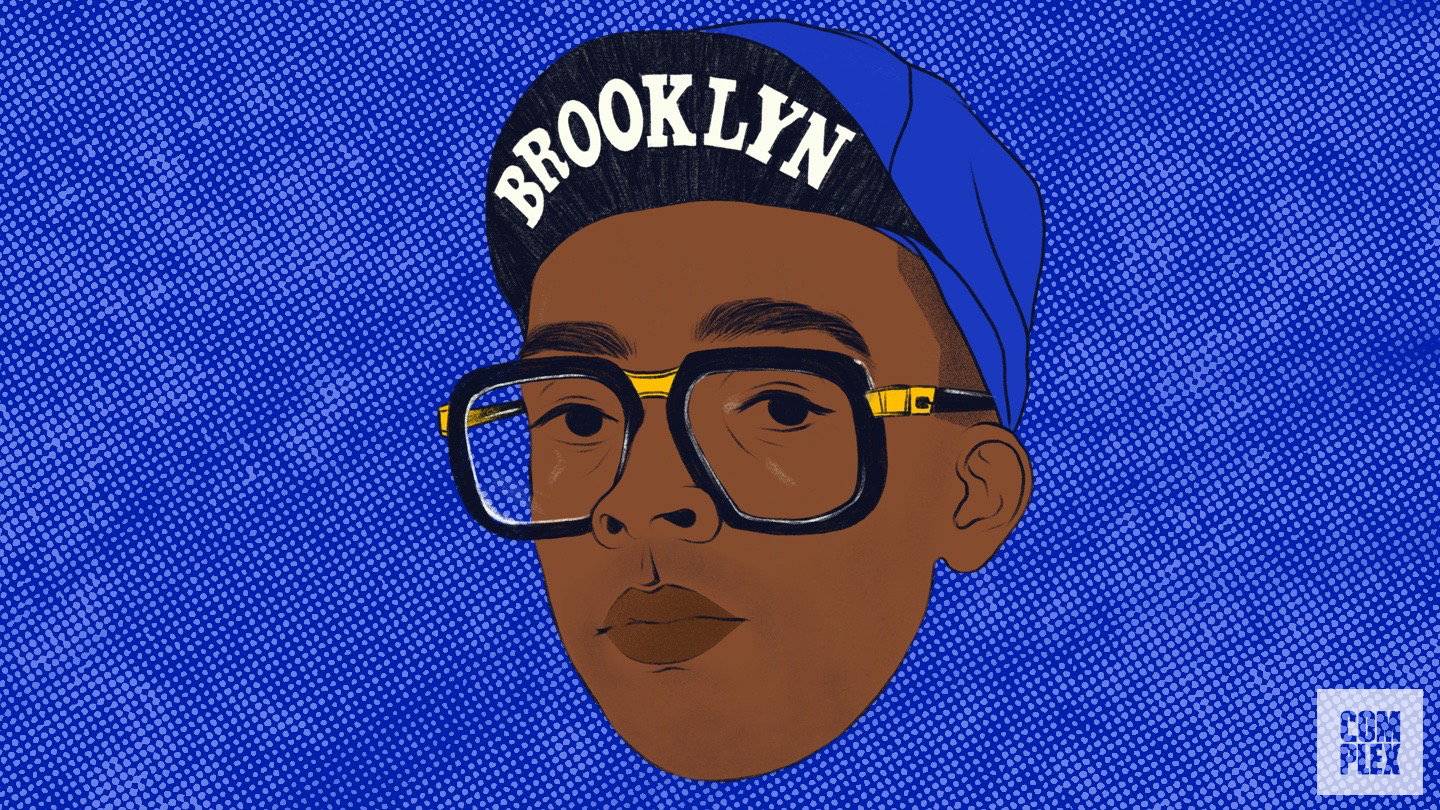
Cari Zalloni, who was born and raised in Greece but moved to Germany, founded Cazal in 1975 with his business partner Günter Böttcher. Zalloni was fresh from working for Carerra and wanted to shake up the eyewear market with unconventional styles. At this time, eyewear was mostly functional, but Zalloni, who was inspired by architecture, wanted to bring design to the frames—he was the first eyewear designer to produce frames, the 821 sunglasses, with mismatched lenses, a design detail that recently popped up at Virgil Abloh’s Spring/Summer 2021 show for Louis Vuitton.
The frames, which were known for their quality and forward styling, were worn by Hussein bin Talal, the former King of Jordan, and Hosni Mubara, the former president of Egypt. But it wasn’t until artists like Darryl McDaniels of Run D.M.C. and Darren Robinson of The Fat Boys wore the square-ish style that they became highly sought after in the U.S. The Fat Boys even performed at a Cazal party in 1986. According to Shapiro, McDaniels did wear the Cazals on stage, but Lyor Cohen, Run D.M.C.'s manager at the time, crushed them accidentally after the show. He went to purchase another pair that were actually the Ultra Goliath, a style that resembled Cazals.
Because of their popularity and high price tag—most of the details were gold plated and they retailed up to $500 in the ‘80s—they became a hot item in cities and people would get robbed for their Cazals—in 1985, the a Philly rap group named the Cazal Boys made a song called “Snatchin Cazals.”
“It was a big B-Boy thing, and then guys like Jamel Shabazz used to shoot them. You could have beat up fucking shoes and a tank top, but if you put on a pair of Cazals, it was a form of status,” says Shapiro. “Cazals were originally kind of like an old man type glass. And these guys took it into pop culture.”
Cazal’s U.S. distributor, Ultra/Palm Optical started to make exclusive styles for the U.S. market that became prominent including the 858 style that M.C. Hammer wore and the 616 style Spike Lee wore as the character Mars Blackmon in his film, She’s Gotta Have It.
“Cazals are straight hip-hop to me,” says stylist Groovey Lew. “Those are original glasses of the ‘80s. If you say there is an old school ‘80s party, 90 percent of the party will have on the Cazals.”
More recently artists like 2 Chainz and NBA player Russell Westbrook have worn the 668 and 958 styles with circular lenses and gold details. And for the launch of her Fenty line, Rihanna reinterpreted a pair of never produced Cazal sunglasses with her Fenty Blockt shades.—Aria Hughes
Carreras
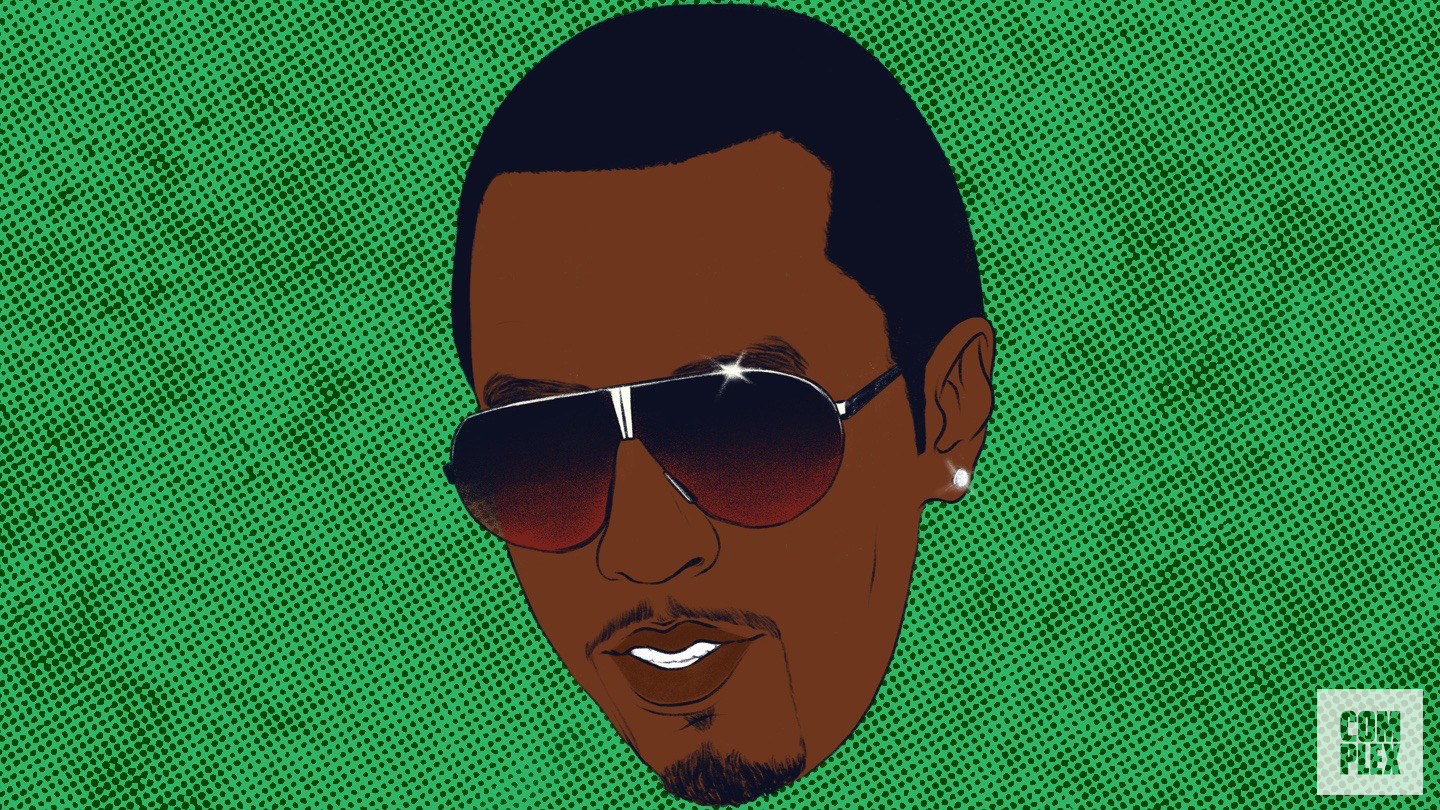
While we’ve mentioned the Porsche x Carrera collection, we thought Carrera warranted a separate blurb for its contributions to eyewear and hip-hop, which include ski goggles and aviators.
Wilhelm Anger founded Carrera in Austria in 1956. The company, which was named after the Carrera Panamericana, an auto race, was initially a sportswear company but moved into making motorcycle and ski helmets. Anger was focused on materials and technical innovations and developed optyl, a new plastic that was lighter than glass lenses but still provided strong optics. This is how he was able to create aviators with interchangeable lenses. In the ‘60s he changed the name of his brand to Optyl International.
He renamed it Carrera International in 1974, and moved the headquarters to Traun, Austria. In 1974 Carrera also partnered with Ferdinand Alexander Porsche, a vehicle designer in the Porsche family, to make the Carrera Porsche Design collection of sunglasses. This helped push the sunglasses into pop culture in the ‘80s. Celebs were drawn to the Porsche collection, but actors like Don Johnson, who played James "Sonny" Crockett in Miami Vice wore them. The Safilo Group, an eyewear company, purchased Carrera in the ‘90s and moved its base to Padova, Italy.
By the mid 2000s they started to trend again, and rappers including Kanye West, who reportedly purchased 50 pairs of deadstock Carreras in the UK, Jay-Z, and Diddy wore different versions of the brand’s aviators. Rihanna wore a pair in the “Rude Boy” video. It’s also safe to say that the Louis Vuitton Millionaires designed by Pharrell and Nigo are a riff on the Carrera 5530.—Aria Hughes
Alpina M1
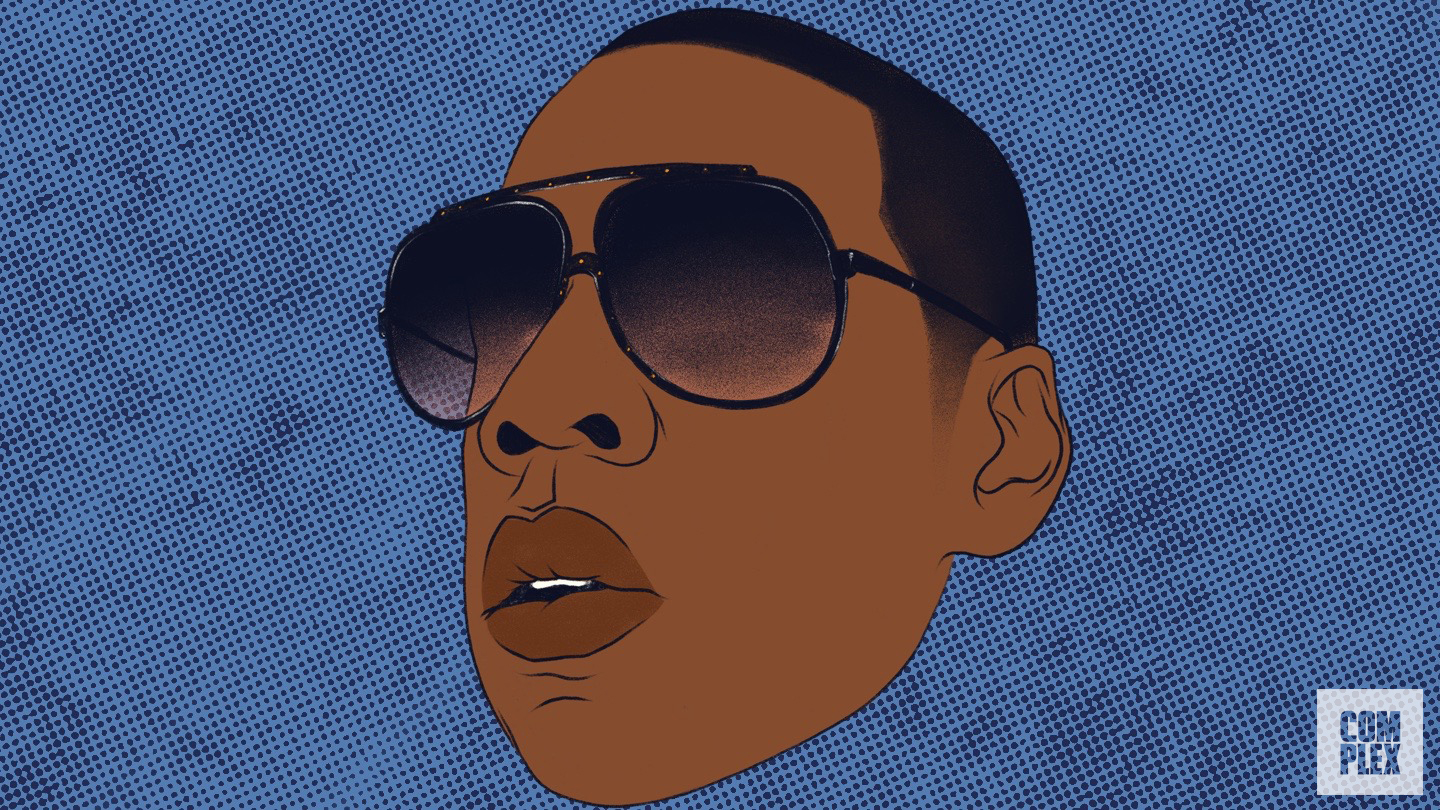
Since debuting in 1986, the Alpina M1 has been ingrained in hip-hop culture, but the giant aviator style was actually borrowed by the rap community from Stevie Wonder, who wore the M1s so much they became his trademark in the ‘80s. They would go on to be worn by hip-hop heavyweights like Kanye West, Jay-Z in his “Show Me What You Got” video, Snoop Dogg in his “Wet” music video, 2 Chainz, and others.
“From 2000 to 2005 that was like the hottest Aviator in the game from a vintage standpoint. Kanye, Rick Ross, CeeLo, Jazze Pha, Will.i.am, they were all wearing them,” says Shapiro. “It was one of the frames that made modern day vintage eyewear very acceptable.”
While the black and gold styling is among the most popular, the sunglasses are customizable—the rivets on top come in various colors. Its removable 24 karat gold plate, which is held on by various screws positioned around each lens, is another lux detail that adds a premium touch to the lightweight aluminum frames.
“There're so many different colorways of [the M1]. There's some with tiger or tortoise frames. I'm staring at a cream white pair with a pink top to it and gold arms,” says Shapiro over the phone in his Montreal Vintage Frames flagship. “There's a beautiful burgundy with pink on it. There was so many different ones. And what would happen with it, is as the factory would run out of parts and start just putting them together and having their sales reps go out with them.”
The appeal of the M1 is interesting given Alpina’s origins as a West German brand that mainly specializes in technical eyewear and equipment for skiing and biking. It was founded in 1980 as a subsidiary of the German brand Uvex, which also specialized in protective sports eyewear and goggles. The M1 line became so popular in the ‘80s and ‘90s that it even led to multiple styles in different shapes and sizes with minor tweaks. These days a vintage pair of M1s can be priced for as much as $1,500 on the secondary market.
“There's a lot of different variations of them,” Shapiro tells Complex. "It's one of those frames that you could kind of Frankenstein together.” —Mike DeStefano
Giorgio Armani "Locs"
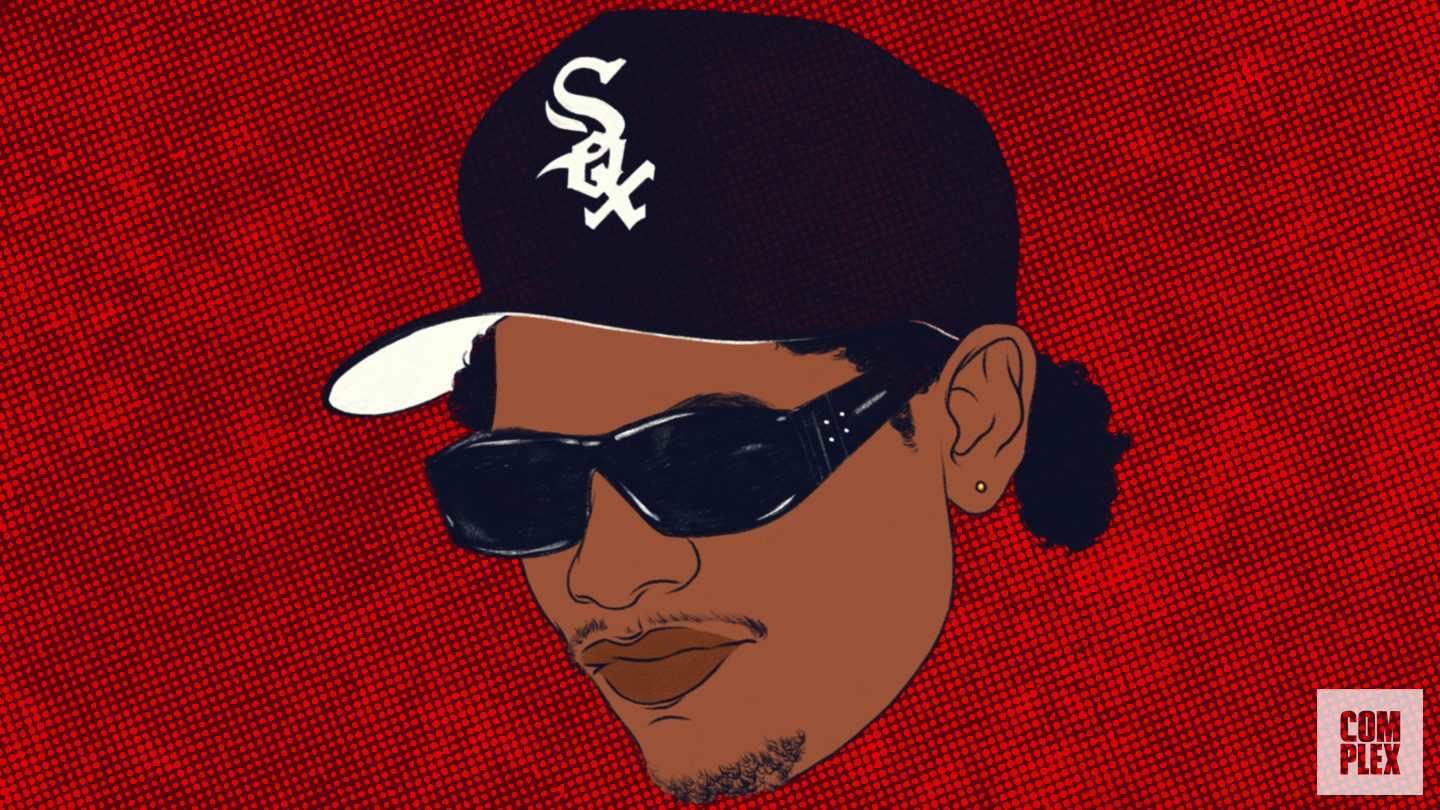
The Ray Ban Wayfarer-esque sunglasses known as “Locs” have been a part of West Coast hip-hop culture since the days of N.W.A. Allegedly, the name is derived from the Spanish word “loco” and was originally worn by Cholos before Los Angeles gangsters started wearing them. Perhaps the best way to understand the origin of these frames is to listen to that fake radio ad for locs on Above The Law’s 1990 track “Livin' Like Hustlers.” Of course, the first rapper that comes to mind when thinking of locs will always be Eazy E, who even pulled jokes on TV reporters when they asked why he wore them all the time. But how rare are those Giorgio Armani locs that Eazy E wore in so many iconic photos?
“Those Armanis are super rare and very much a vintage collector's item, especially when it comes to finding the exact model that he wore,” says Julz. “I can imagine those would go for a lot on the vintage market. But locs are generally very cheap glasses that you can buy at a gas station. They're not expensive or hard to get because they still make those glasses today. It's really just a look.”
Today, you can even find West Coast rappers like YG releasing their own branded pairs of locs. Although the glasses became popularized in the ‘90s, the trend is still making money for eyewear wholesalers today.—Lei Takanashi
Gucci Ski Goggles

From Big Pun to ASAP Rocky, ski goggles have always been a popular piece of eyewear for rappers. Why settle for a Gucci headband or a pair of shades when you can have both? Although the origins of the ski goggles trend within hip-hop is unknown, it’s highly likely that it’s connected to hip-hop’s love for outdoor clothing during the ‘90s. What started with Method Man’s entourage being decked out in North Face Steep Tech ski jackets could have only led to DMX rapping on “4,3,2,1” with a ski vest and goggles on. Eventually major fashion brands ranging from Supreme to Gucci caught on to the trend and began producing their own pairs of ski goggles. Some sellers like Julz personally see goggles as a fad that comes in and out. But he admits that he has sold some rare ones over the years.
“I’ve had plenty of goggles. In 2002 Louis Vuitton released a pair of ski goggles and only made like 200 pairs,” says Julz. “Every brand pretty much has their own take on it, from Louis Vuitton to Gucci to Porsche.”
Currently, the most expensive ski goggles on Grailed are from Chanel and cost about $1,000. If that’s not pricey enough, there’s a rare Supreme x Oakley ski goggle sample on eBay for $1,800.—Lei Takanashi
